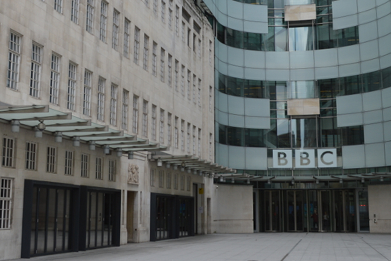The UK’s communications regulator has published a review into public service broadcasting. The report, periodically required by parliament, looks at how all the PSB channels have fulfilled the purposes of public service broadcasting, and identifies options for how the system could be maintained and strengthened. It is the first review in seven years – not a moment too soon in an era of rapid convergence
The review covers the full spectrum of PSB in the UK: the BBC, ITV (commercial), STV (Scotland), UTV (Northern Ireland), Channel 4 (state-owned but commercial), Channel 5 (commercial) and S4C (Wales).
Somewhat unsurprisingly, Ofcom found that PSBs continue to make a significant contribution to UK broadcasting. Entitled ‘Public Service Broadcasting in the Interent Age’ it concluded that the growth in online viewing is creating challenges for broadcasters, but audience satisfaction was broadly high, notably rising to 79 per cent from 69 per cent at the time of the last review.
The review also found that among 16-24 year olds, only 50% of viewing is through live TV, with the remainder flowing to services such as BBC iPlayer, Netflix, Amazon Instant Video and All4. Ofcom stated: “The growth of online viewing also provides opportunities for PSB-like content to be delivered by non-PSB sources. For example, companies such as Vice Media are providing news content to younger people, local content is coming from hyperlocal websites and universities are putting their lectures online.”
BBC now accounts for nearly 97 per cent (£84m) of total PSB spending on children’s programmes
The review also identified other immediate concerns: news consumption and the provision of news for young people; drama that reflects and portrays British society back to a British audience; content tailored to the specific needs of the UK Nations and their regions; religious programmes; children’s programmes; and investment in music and arts.
Children’s programming brought up two particularly stark statistics: the BBC now accounts for nearly 97 per cent (£84m) of total PSB spending on children’s programmes in the UK, as spending by ITV, C4 and C5 has dropped by 74 per cent overall.
Ofcom’s reviews aim to examine the changes in both the broadcasting and wider communications sector and their potential effect on the current PSB system.
In the UK, The Communications Act 2003 sets out the purposes and objectives of public service broadcasting. Based on these, Ofcom has a set of PSB purposes and characteristics. It is worth a reminder below.
Access the review. The main part is 36 pages
PSB purposes
● Informing our understanding of the world
● Stimulating knowledge and learning
● Reflecting UK cultural identity
● Representing diversity and alternative viewpoints
PSB characteristics
● High quality – well-funded and well-produced
● Original – new UK content rather than repeats or foreign acquisitions
● Innovative – breaking new ideas or re-inventing
● Challenging – making viewers think and engaging
● Widely available – delivered on channels that have a high reach and impact
● Trustworthy – audience should trust PSB programmes, especially news programmes
● Distinctive – the style of programmes is different to what I’d expect to see on other channels
Related Posts
18th July 2017
PMA proposes counts for BBC’s international factual programmes
As part of an Ofcom consultation,…
2nd August 2013

